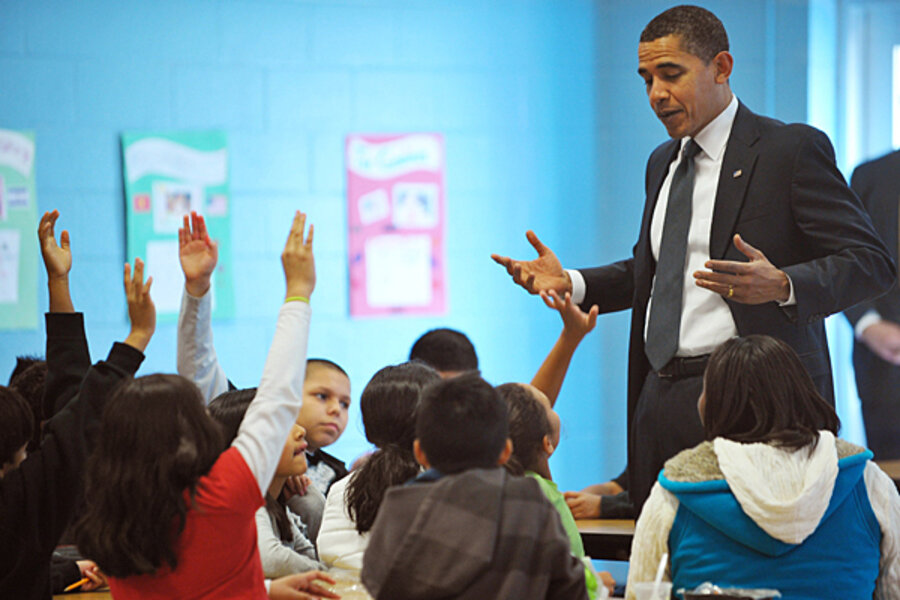For the first time, this report put a date on how long it would take for various achievement gaps to close if trends continue at their current rates (a scenario the report acknowledges is unlikely, because the pace of progress tends to slow as gaps close).
In a state like Florida, which is making comparatively good headway on closing gaps, it would take 28 years to close the African-American/white achievement gap for fourth-grade reading. In Washington State, closing that gap would take 105 years.
The achievement gaps for Latino students are closing a bit faster, but other gaps – such as the native American/white gap for reading, or some of the male/female gaps – aren’t closing at all or are widening.
“It’s going to take years to close the gap if we only do what we’re doing today,” says Jack Jennings, executive director of the Center for Education Policy. “After all those years of talking, we show very limited progress.”





